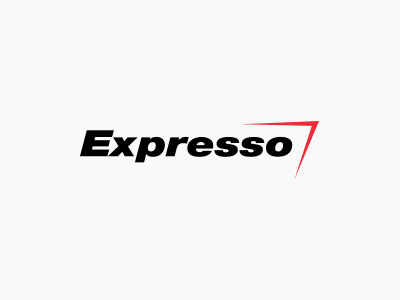Digital delivery of communications offers a compelling path for retaining customers and scoring high on customer satisfaction. While there’s no getting around the fact that adding delivery channels such as email increases the complexity of managing communications, you can easily handle it with Expresso.
Digital adoption involves soliciting and securing opt-ins, then incorporating and updating customer preferences as people switch from print to digital and possibly back to print or choose a mix of digital and print. Then there are the contingencies that companies must develop and implement to ensure customers receive their bills, regulatory notices and other communications if the initial delivery fails, such as bounced or unopened emails.
Expresso makes e-communications management easy. Here’s how we work with you to automate your email communications program.
Step 1: Determine which program/document to target for digital adoption
Generally, each communication category warrants its own opt-in/opt-out promotional campaign and management. Customers typically choose digital delivery on a case-by-case basis as opposed to all communications. While it’s possible to link all programs within Expresso, it can violate the spirit of the opt-in.
Many clients pick one program to start, such as monthly statements, annual privacy notices or homeowner association annual reports.
Step 2: Prepare content
Once you settle on a program, you’ll need to decide which type of email is appropriate and develop the email content. It needs to be ready for the first opt-in.
Expresso gives you two options:
- Standard email. This email type contains some messaging in the body of the email, but the primary communication is accessed via a link to a PDF document that is managed through Expresso and is identical to its hard-copy counterpart. These PDF communications do not contain personal information. As an example, vacation ownership companies often rely on it to send annual notices of homeowner association meetings.
- Secure email. It’s like a standard email but requires customer authentication when clicking the PDF link to view the document. It is used for sending communications such as billing statements that include personal customer information.
In both cases, the copy within the email tends to be plain text, brief and to the point. Some clients include names, but others do not for privacy reasons. For easy recognition, companies include their logo. A typical email might simply read: Your statement is ready. Please click here.
Step 3: Build backup plan for failed email deliveries
When it comes to contingencies for email delivery problems, Nordis builds and automates a custom response or sets of responses for each client. Clients can choose the response and time frame for several scenarios including bounced emails and unopened emails.
For unopened emails, some clients choose to send a second email in three, five or seven days. If the second email is unopened, a hard copy version of the communication is printed and mailed.
Some don’t have contingencies for unopened emails but do for undeliverable emails, automatically generating paper documents sent by mail.
Once a program is up and running, clients can run Expresso reports to identify emails that bounce and contact those customers to update their accounts with current email addresses.
Step 4: Launch digital adoption campaign
Moving customers to digital communications starts with pitching the benefits of email. You can use Expresso to include messaging in print communications to highlight digital options and include the online location for opting in. This location is set up and managed by Nordis.
In addition to appeals for ease of use and convenience, customers can be motivated to switch to digital with Go Green! messages. It’s hard to argue with positive environmental impact.
Another excellent place to message digital adoption is via biller direct payment portals like Expresso Pay, targeting customers that receive paper statements but pay online.
Step 5: Enroll with Nordis
Each Nordis-run opt-in site has the look and feel of Expresso. Based on checklists we provide, the client chooses which information to collect during the opt-in process.
Enrollment sites use two-factor authentication, typically customer name and account number but clients can choose other identifiers. No one can log in unless there’s a record of that customer in the Expresso archive.
After customers log in, they are taken to a web page with two boxes—one to check if they opt-in to digital delivery for specific communications and one to check if they want to opt out.
Step 6: Update delivery channel
Expresso immediately records the customer delivery preference. Clients can track digital versus print delivery by viewing the opt-in table in Expresso. In addition, some companies give their client service representatives access to this table to update delivery channels based on customer calls.
We can help you meet escalating customer demand for digital communications options. Please contact us today.
